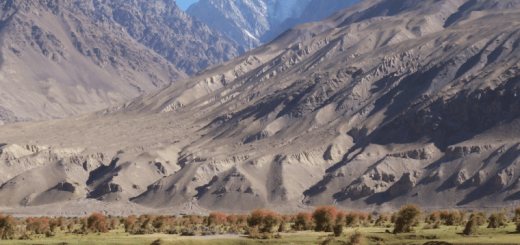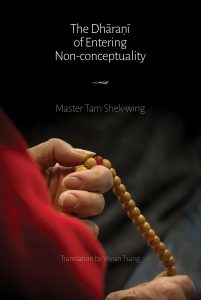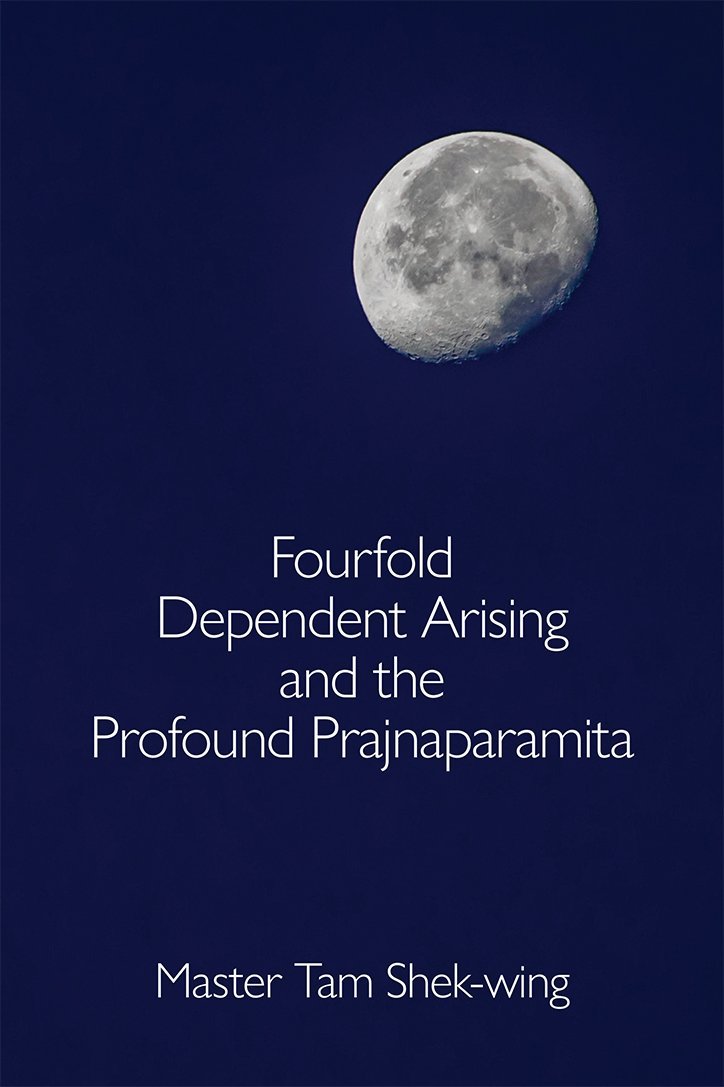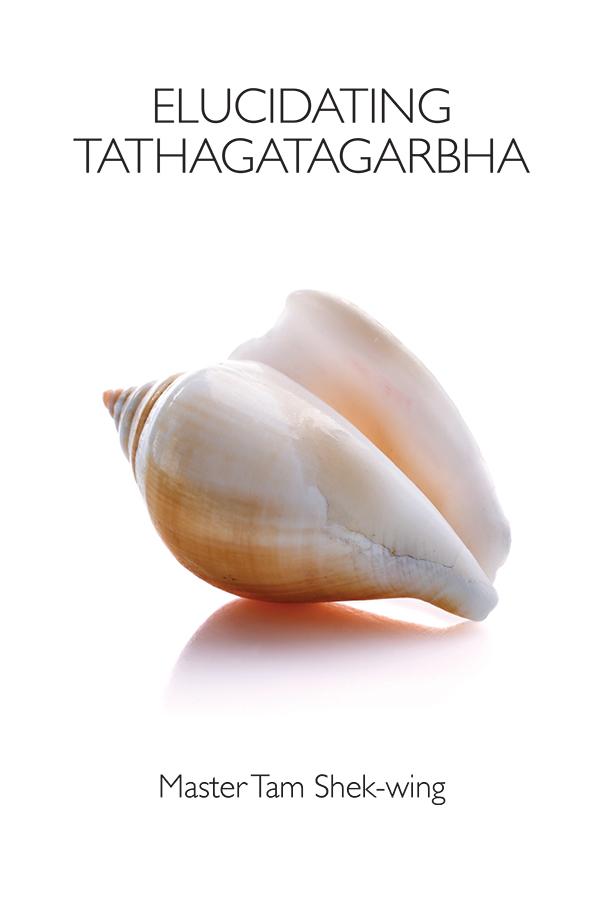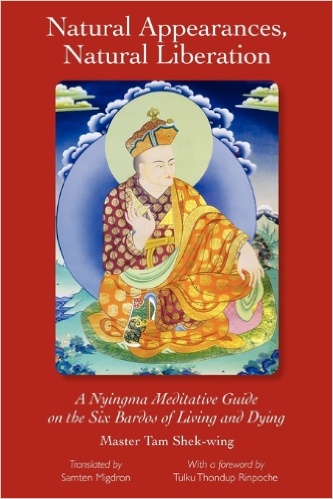Show scripture (Chinese).Show less.
Chinese:
「若諸菩薩唯取極靜,由靜力故永斷煩惱究竟成就,不起于座便入涅槃;此菩薩者,名單修奢摩他。
「若諸菩薩唯觀如幻,以佛力故變化世界種種作用,備行菩薩清淨妙行,於陀羅尼不失寂念及諸靜慧,此菩薩者,名單修三摩鉢提。
「若諸菩薩唯滅諸幻,不取作用獨斷煩惱,煩惱斷盡便證實相;此菩薩者,名單修禪那。
Show scripture (English).Show less.
English:
“Some bodhisattvas exclusively grasp ultimate quiescence, and through the power of quiescence permanently sever affliction absolutely and perfectly, and directly enter nirvāṇa without rising from their seats. These bodhisattvas are called practitioners of śamatha only.”
“Some bodhisattvas exclusively contemplate all-as-illusion, and by means of Buddha-power transform the world and carry out various activities, thoroughly putting into operation all the marvelous pure bodhisattva practices. In all continuous concentrations they do not fail in cessation of thought and quiescent wisdom. These bodhisattvas are called practitioners of samapatti only.”
“Some bodhisattvas exclusively extinguish all illusions, and without activity in the world resolutely sever affliction. Affliction completely severed, they directly actualize the marks of reality. These bodhisattvas are call practitioners of dhyāna only.”
Commentary:
Buddha answered Voice of Discernment by teaching the twenty-five expedient practices. He called them pure samādhi chakras, “pure” because the practice leads to purity, “samādhi” is the name for all meditation practices, its application is then called “samādhi maṇḍala” for these meditations can be seen as meditations in accordance with the maṇḍala.
These samādhi maṇḍala according to Huayan tradition can be divided into three kinds. 1. Śamatha only, samāpatti only, and dhyāna only (three kinds); 2. Alternating practices (21 kinds); 3. Simultaneous practice (one kind). We begin with the first kind.
-
- Śamatha only. The practitioner abides in the realm of cessation, where all distracting thoughts clarify and dissipate, one gradually transcends sophistry to enters non-conceptuality. At the ultimate, all afflictions are forever cut off. This way, without “rising from the seat,” one enters nirvāṇa. The expedience stems from an effortless abiding in the realm of tranquility, which is to say, one does not fall into any words, concepts, dualistic grapsing, meaningless discourse. From entering non-conceptuality the accomplishment is attained. The key to the practice lies in the effortlessness.
This practice appears very simple. but if one is not of the utmost sharp faculty, the ultimate is not easily within reach. It is the expedient means for the sharp faculty. Many great tantric practitioners achieved the ultimate accomplishment by practicing only the development dharma. Some lineage masters became accomplished with only the preliminary practices. These are cases of practicing śamatha only. Nyingma master Longchenpa in his Finding Rest in Meditation where he taught “bliss, luminosity, and free from thoughts,” which belongs to this type of practice.
-
- Samāpatti only. This is a practice of illusion. From observing the illusion, one also arrives at the insight that through all mundane phenomena as a natural dependent arising, they are all spontaneously accomplished. For example, humans depend on eyes and ears to make sense of the world, this is the spontaneity for humans; earthworms have neither eyes nor ears, they depend on their body’s sense of touch to make sense of the world, this is the spontaneity for earthworms. Therefore all phenomena’s spontaneous accomplishment are like illusory transformations, which the Nyingma tradition calls “dependent arising through mutual obstruction.” Because of mutual obstruction, the ability to accommodate the limitations imposed by mutual obstruction is the spontaneous accomplishment. Mutual obstruction is the dependent origination of all phenomena. Realizing the realm of spontaneity can be said to be “the power to transform the world,” carrying out various pure marvelous activities (activities that are not trapped within sophistry and conceptuality), which naturally gives rise to pure wisdom, all thoughts are quiescent (maintaining tranquility), one enters nirvāṇa. This is also a practice for the sharp faculty. Master Longchenpa in his Finding in Illusion taught the eight analogies to observe all phenomena as illusion-like, which belongs to this type of practice.
-
- Dhyāna only. The realm of dhyāna does not opt for the appearance of cessation, nor the illusion-like appearance. In the samādhi one abides in non-obstruction, where the perfect enlightenment is aroused. How does one dwell in non-obstruction? Through a direct realization of dependent arising through mutual obstruction, through spontaneity one enters non-obstruction. At this point, there is no longer the need to observe all phenomena as illusory, all illusion naturally ceases. One no longer perceives all illusion-like phenomena as reality, nor does one become attached to them as illusory, nor is one biased towards tranquility-cessation (that the appearance of tranquility-cessation is not the appearance of the outcome of samādhi). This is said to be “resolutely sever[ing] afflictions,” meaning that the realization is exhaustive of all afflictions. Here, affliction refer to words, concepts, sophistry, biases, etc. The primordial awareness is awakened from the realization of reality. This is analogous to the Great Perfection practice in the Nyingma tradition. One does not bias towards the pure appearances in the development dharma, nor the illusory appearances in the perfection dharma; without intention nor effort, the way of Great Perfection is accomplished.


